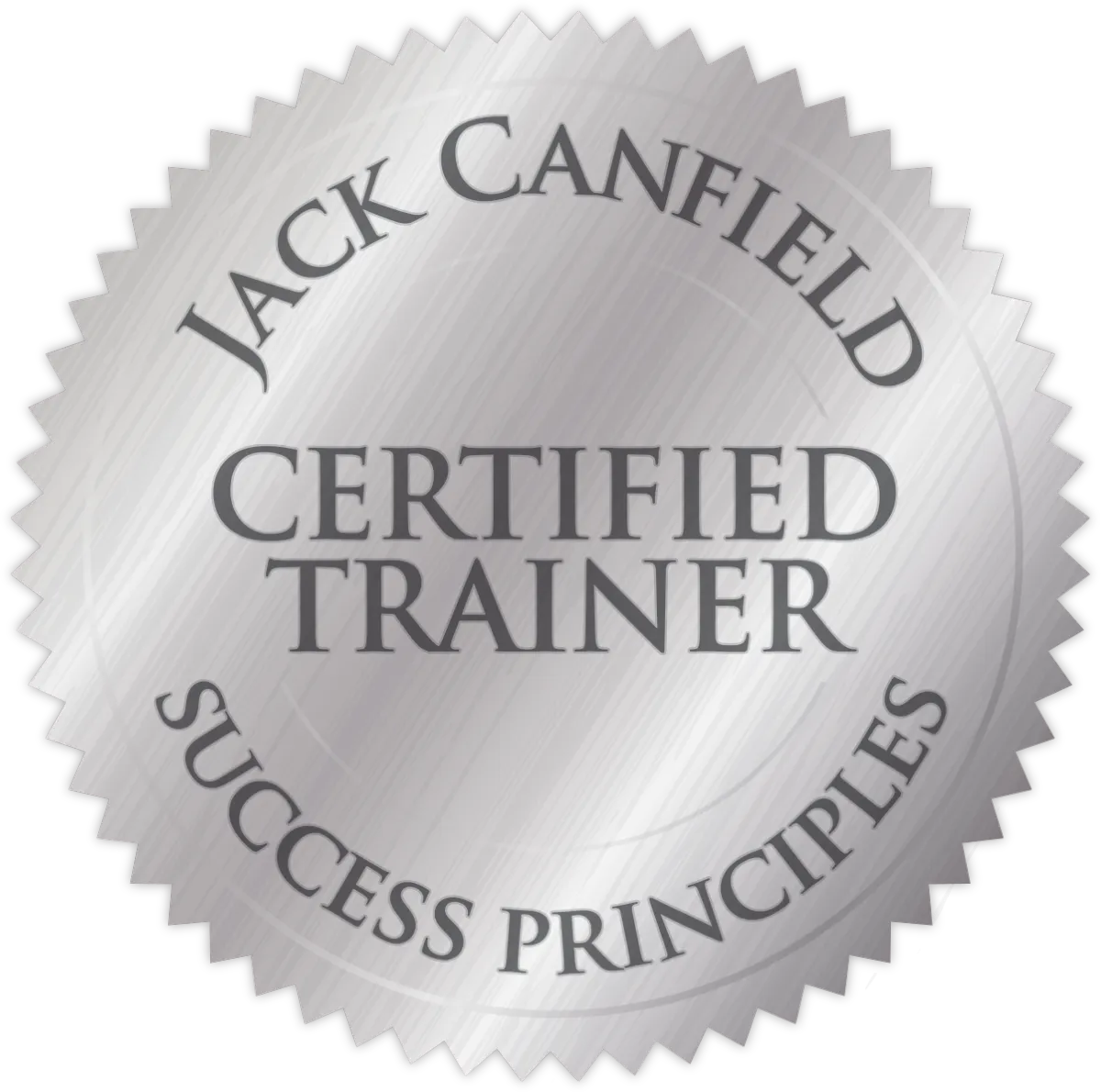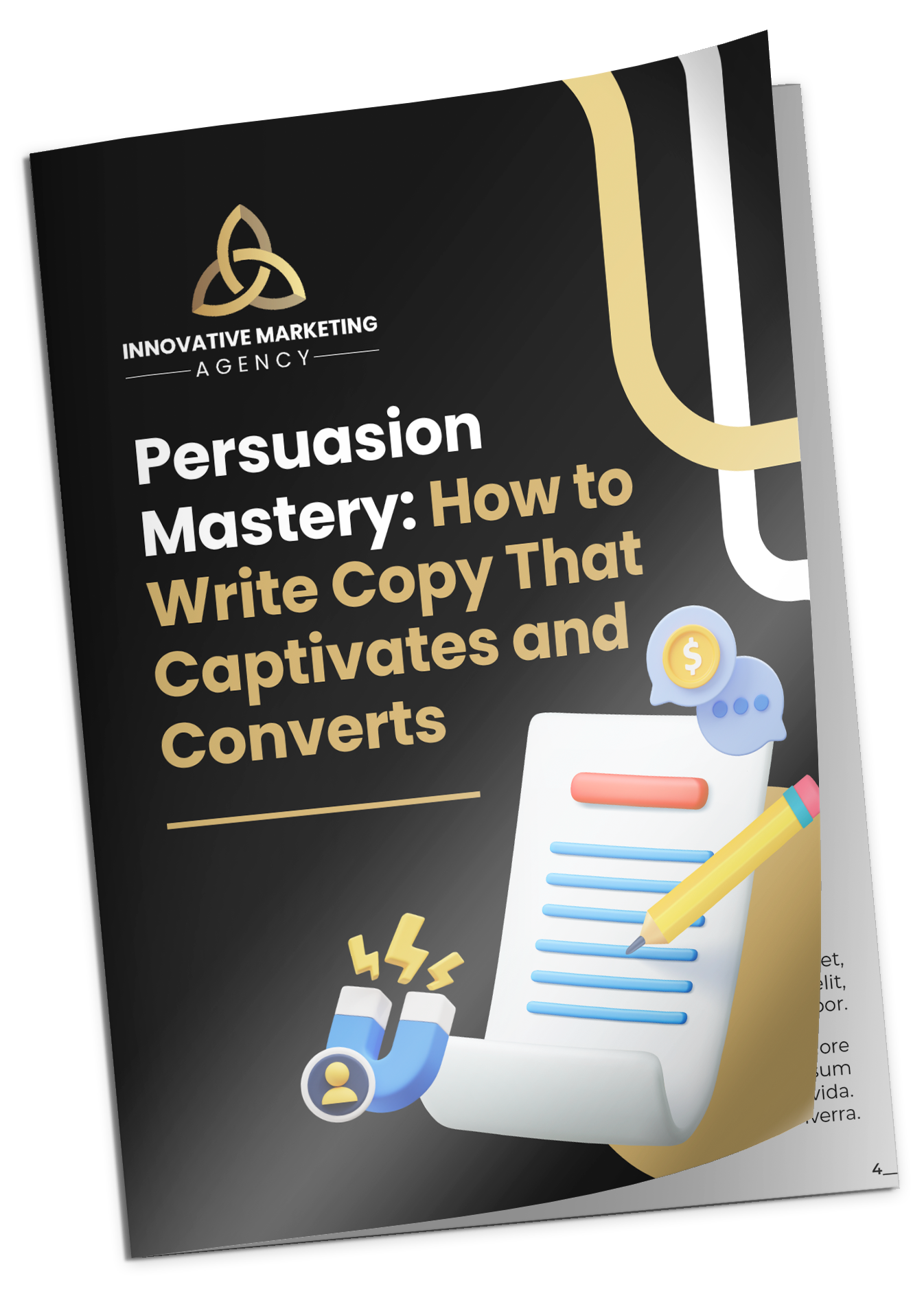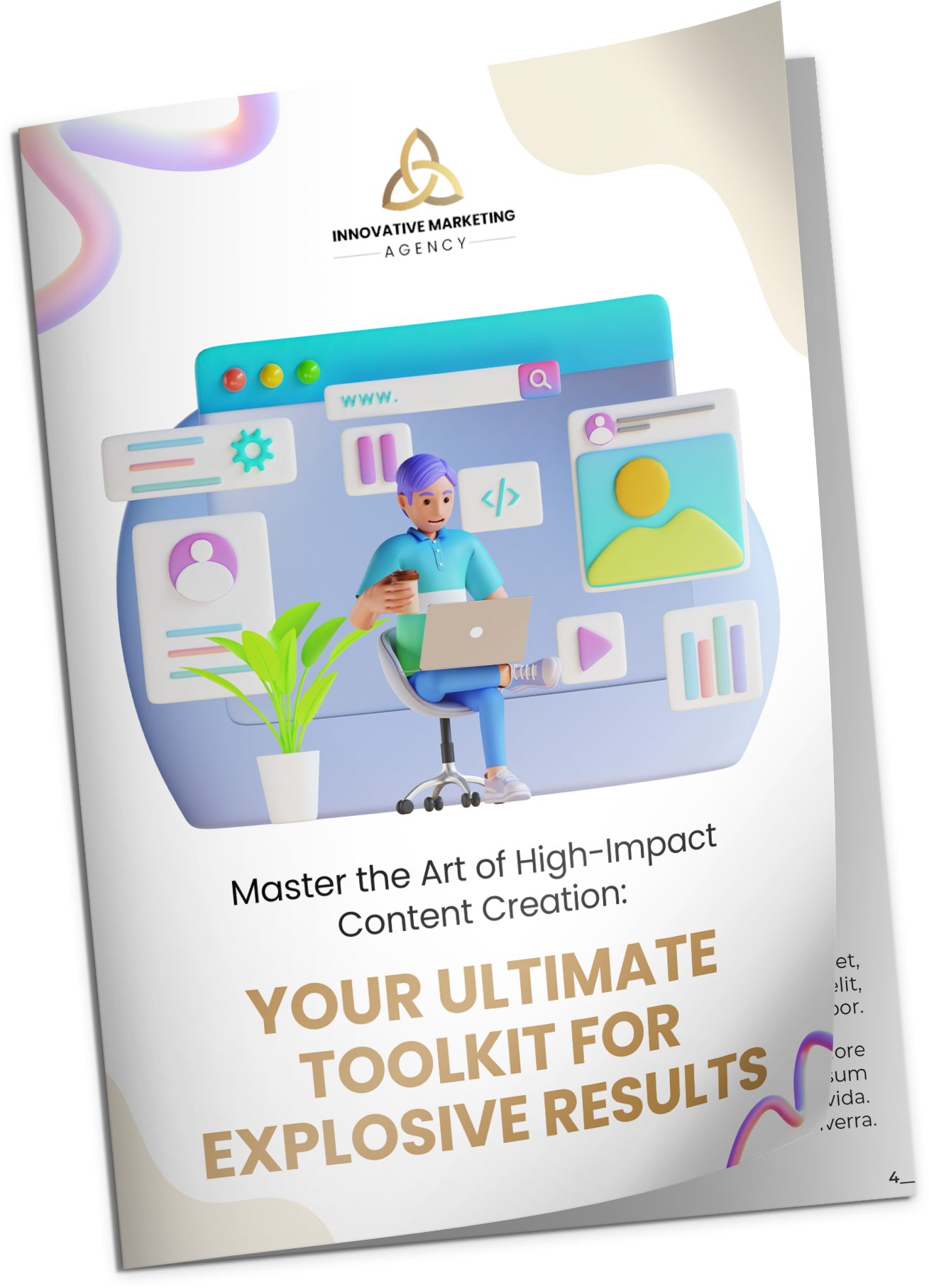Watch The Journey
BLOG
Crafting Persuasive Copy: Direct Response Techniques
Monday, October 7, 2024
Jeremy Coates
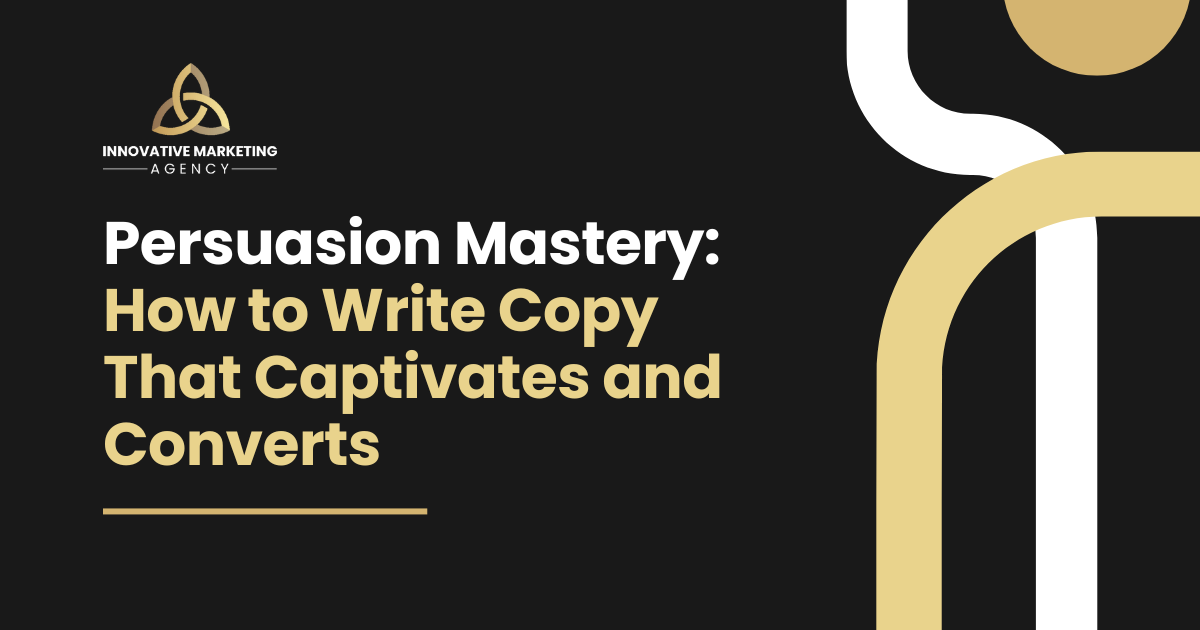
Introduction
Are you struggling to create copy that truly resonates with your audience and drives action? You’re not alone. Many business owners and entrepreneurs grapple with finding the right words that captivate, persuade, and convert readers into loyal customers. This is where the power of direct response copywriting comes into play.
Direct response copywriting is all about compelling the reader to take immediate action—whether that’s clicking a button, signing up for a service, or making a purchase. While traditional copywriting might aim to inform, educate, or entertain, direct response copywriting is laser-focused on eliciting a specific response from the reader right then and there.
In this guide, we’ll break down the fundamentals of crafting persuasive copy using direct response techniques, share advanced strategies, and provide actionable tips to help you elevate your writing game. Whether you’re looking to refine your sales pages, emails, or social media ads, you’ll walk away with practical strategies to create copy that captures attention, builds trust, and drives results.
What You’ll Learn:
By the end of this guide, you’ll have a solid understanding of how to write persuasive copy that engages your audience and encourages them to take action. Let’s dive in!
Section 1: Understanding the Basics of Direct Response Copywriting

What is Direct Response Copywriting?
Direct response copywriting is a style of writing designed to get the reader to take immediate action. This can include anything from subscribing to a newsletter, downloading a resource, or purchasing a product. The focus is not just on conveying information but on provoking an immediate response from the reader. Think of direct response copy as a virtual salesperson working tirelessly 24/7 to convert leads into customers.
Unlike other forms of copywriting that may aim to build brand awareness or entertain, direct response copywriting is all about achieving measurable results. It’s direct, focused, and has a singular purpose: getting the reader to say “yes” to your offer, whatever that offer may be.
Why is Direct Response Copywriting Important?
For business owners and entrepreneurs, direct response copywriting is essential because it’s measurable. You can track how many people clicked a link, signed up for an offer, or made a purchase based on the copy you’ve written. Unlike other forms of content, where results might be difficult to gauge, direct response copy provides a clear picture of what works and what doesn’t. This allows you to optimize your message, refine your approach, and ultimately drive higher ROI.
Additionally, direct response copywriting helps you connect more deeply with your audience. By using language that speaks directly to your reader’s needs and concerns, you’re more likely to engage them and move them toward making a decision.
Key Concepts in Direct Response Copywriting
The Offer: Your offer is the core component of your copy. It’s what you’re providing to the reader in exchange for their action. This could be a product, a service, a free download, or a trial. The offer should be specific, desirable, and relevant to your audience’s needs. For example, if you’re selling a software solution, your offer could be a 30-day free trial with unlimited access to premium features.
The Hook: The hook is what grabs your reader’s attention and draws them into your copy. A strong hook often targets a pain point, a question, or an intriguing statement that piques curiosity. It’s the element that makes someone stop scrolling and pay attention. For example: “Why most businesses fail at online marketing—and how you can avoid their mistakes.”
The Call to Action (CTA): The CTA is where you tell the reader exactly what to do next. Whether it’s “Download Your Free Guide,” “Start Your Free Trial,” or “Get Access Now,” the CTA should be clear, compelling, and create a sense of urgency. The best CTAs use action-oriented language and often include a benefit or outcome the reader can expect.
The Value Proposition: Your value proposition is what sets your offer apart from the competition. It explains why your solution is unique and why your reader should choose you over other options. A strong value proposition might highlight benefits like cost savings, time efficiency, or unique features that make your product superior.
Emotional Triggers: Humans are emotional beings, and the best copy taps into emotions like fear, excitement, and curiosity. Using emotional triggers in your copy can make it more persuasive and relatable, driving the reader to take action because they feel compelled to do so.
Section 2: Getting Started with Direct Response Copywriting

Step-by-Step Guide to Writing Direct Response Copy
1. Know Your Audience Inside and Out
Before putting pen to paper (or fingers to keyboard), you need to understand who you’re writing for. Create a detailed customer avatar that includes demographics (age, gender, occupation) and psychographics (values, goals, challenges, and pain points). Knowing your audience allows you to craft messages that resonate with their unique needs and desires.
For example, if you’re targeting small business owners who struggle with marketing, your messaging might address how your solution simplifies marketing, saves time, and generates measurable results.
2. Craft a Compelling Headline
Your headline is the first thing your reader sees, and it’s crucial to make it count. A compelling headline should capture attention and clearly communicate the benefit of your offer. Use power words, numbers, and specific outcomes to make your headline stand out.
3. Identify the Problem and Agitate It
Effective direct response copy starts by addressing a problem your audience faces. This shows that you understand their pain and sets the stage for presenting your product as the solution. But don’t just state the problem—agitate it. Describe the negative consequences of not solving the issue, making it feel more pressing.
For example:
“Are you tired of pouring money into marketing campaigns that don’t generate leads? Watching your competitors thrive while your business struggles can be incredibly frustrating and disheartening.”
4. Present the Solution (Your Product or Service)
Once you’ve identified and agitated the problem, introduce your product or service as the solution. Highlight its benefits, not just features. Explain how it solves the reader’s problem and makes their life easier, better, or more enjoyable.
For example:
“Our automated marketing platform helps you generate high-quality leads on autopilot, so you can focus on running your business instead of worrying about where your next customer will come from.”
5. Use Social Proof and Testimonials
People trust the opinions of others, especially when they’re unsure about making a purchase. Use testimonials, case studies, and success stories to show that others have benefited from your product.
For example:
“John, a small business owner just like you, used our system to triple his revenue in just three months. Here’s what he had to say…”
6. End with a Strong CTA
Your CTA should tell the reader exactly what to do next and why they should do it now. Create a sense of urgency with phrases like “limited time,” “only a few spots left,” or “offer expires soon.”
For example:
“Start your free 14-day trial today and see how easy it is to transform your marketing results. No credit card required.”
Tools and Resources for Direct Response Copywriting
Grammarly and Hemingway: For clear, concise writing.
CoSchedule Headline Analyzer: To test and refine your headlines.
Google Trends and AnswerThePublic: For researching your audience’s pain points and interests.
Tips for Beginners
Focus on Benefits, Not Features: Highlight the outcome the reader will achieve.
Use Conversational Language: Write as if you’re speaking directly to the reader.
Test, Refine, Repeat: Always be testing different elements of your copy to see what resonates best.
Section 3: Advanced Techniques and Strategies

Deep Dive into Advanced Direct Response Strategies
1. Using Emotional Triggers
Incorporate emotions like fear, curiosity, excitement, or urgency to connect with your reader on a deeper level. For example:
Fear: “What if you’re losing 50% of your potential sales without even realizing it?”
Curiosity: “The one thing successful entrepreneurs do that you’re probably overlooking…”
Urgency: “This offer ends at midnight—don’t miss out!”
2. Creating Powerful Guarantees
Offering a strong guarantee reduces the risk for your audience and makes them more likely to take action.
For example: “If you don’t see results within 30 days, we’ll refund 100% of your money—no questions asked.”
3. Incorporating Scarcity and Exclusivity
Highlighting scarcity or exclusivity increases the perceived value of your offer. Use phrases like:
“Only 10 spots left—reserve yours now!”
“Be one of the first 100 people to access this exclusive content.”
4. Case Studies and Examples
Case studies are a powerful way to showcase how your product or service has helped others achieve success.
For example:
A marketing agency used direct response techniques to boost their client’s email open rates by 50%. They applied the AIDA (Attention, Interest, Desire, Action) formula and tested different subject lines to find what resonated most.
Section 4: Common Pitfalls and How to Avoid Them

Common Pitfalls in Direct Response Copywriting
Being Too Salesy: Overly aggressive copy can turn readers off. Balance persuasion with value by focusing on the benefits of your offer rather than resorting to over-the-top claims.
Ignoring the Audience’s Perspective: Don’t focus only on what you want to say—think about what your reader wants to hear. Shift the focus to the reader’s needs, desires, and pain points.
Weak or Vague CTAs: CTAs like “Learn More” or “Submit” don’t provide enough direction or motivation. Use direct language like “Get Your Free Guide” or “Start Saving Today” to clarify exactly what the reader should do.
Add Value Before Selling: Provide educational or entertaining content that builds trust before making a pitch. This helps establish credibility and makes your offer more compelling.
Test and Refine: Continuously test different elements of your copy, such as headlines, CTAs, and body text, to see what resonates most with your audience.
Use Strong, Direct CTAs: Instead of “Learn More,” use “Get Your Free Guide Now” or “Sign Up for the Webinar Today.” Make it clear and compelling to prompt immediate action.
Section 5: Resources for Continued Learning

Recommended Books
“Breakthrough Advertising” by Eugene Schwartz
“Influence: The Psychology of Persuasion” by Robert Cialdini
“The Boron Letters” by Gary Halbert
These books provide foundational insights into the psychology of persuasion and advanced copywriting strategies that have stood the test of time. They offer valuable frameworks and actionable tips that can elevate your copywriting skills.
Useful Websites and Online Communities
A comprehensive resource for copywriting tips, strategies, and best practices. Offers in-depth articles, guides, and tools for writers of all skill levels.
A collection of wisdom from one of the greatest direct response copywriters. The Gary Halbert Letters are a treasure trove of practical tips and strategies for copywriters and marketers.
Copyhackers provides resources, courses, and articles focused on data-driven copywriting. Ideal for those looking to improve their conversion rates and copy effectiveness.
Recommended Courses and Workshops
Copywriting for Conversion by Copyhackers - An in-depth course that covers the fundamentals of copywriting and advanced strategies for increasing conversions. It includes templates, frameworks, and case studies to help you apply what you learn.
The Copy Cure by Marie Forleo - A comprehensive course designed to help writers find their unique voice and write copy that connects emotionally and drives action.
AWAI’s Copywriting Program - A step-by-step program that guides you through the process of becoming a professional copywriter. Covers all aspects of direct response copywriting and provides mentorship opportunities.
Conclusion
Direct response copywriting is a powerful tool that can significantly boost your business’s performance when executed correctly. By understanding the core principles, implementing advanced strategies, and avoiding common pitfalls, you’ll be well on your way to crafting persuasive copy that captures attention and drives real results.
Join The
Innovative Marketing Pro
15 Days FREE Trial!

You Pay $0 Today
You Won't be charged until Free Trial Ends
No Commitment, Cancel Anytime
As a reminder we will email you 7 days before Trial Ends
Recent Posts
Understanding the Customer Value Journey: A Complete Guide
How to Maximize ROI from Paid Ads on Facebook, Instagram, and Google Ads: Tips and Strategies
Crafting High-Impact Content Marketing Strategies
10 Direct Response Copywriting Tips to Boost Conversions
Building Effective Lead and Sales Funnels: A Step-by-Step Guide
Building a Customer-Centric Strategy for Omnichannel Success
Enhancing Customer Lifetime Value Through Journey Mapping
Advanced Techniques for Optimizing Paid Ad Performance
Creating Engaging Content That Drives Results
Join The
Innovative Marketing Pro
15 Days FREE Trial!

You Pay $0 Today
You Won't be charged until Free Trial Ends
No Commitment, Cancel Anytime
As a reminder we will email you 7 days before Trial Ends
Recent Posts
Understanding the Customer Value Journey: A Complete Guide
How to Maximize ROI from Paid Ads on Facebook, Instagram, and Google Ads: Tips and Strategies
Crafting High-Impact Content Marketing Strategies
10 Direct Response Copywriting Tips to Boost Conversions
Building Effective Lead and Sales Funnels: A Step-by-Step Guide
Building Strong Online Communities: Best Platforms and Practices"
Enhancing Customer Lifetime Value Through Journey Mapping
Advanced Techniques for Optimizing Paid Ad Performance
Creating Engaging Content That Drives Results
IM Agency Services
Marketing Research
Paid Advertising
Direct Response Copywriting
Funnels and Automations
Marketing Automation
Business Development
IM Pro Features
Lead Generation Automation
Sales Funnels
Customer Relationship Management
Courses Builder
Affiliate Builder
Invoicing
Team Scheduling
Email Automations
Pipelines and workflow
And Way More....
Address & Phone


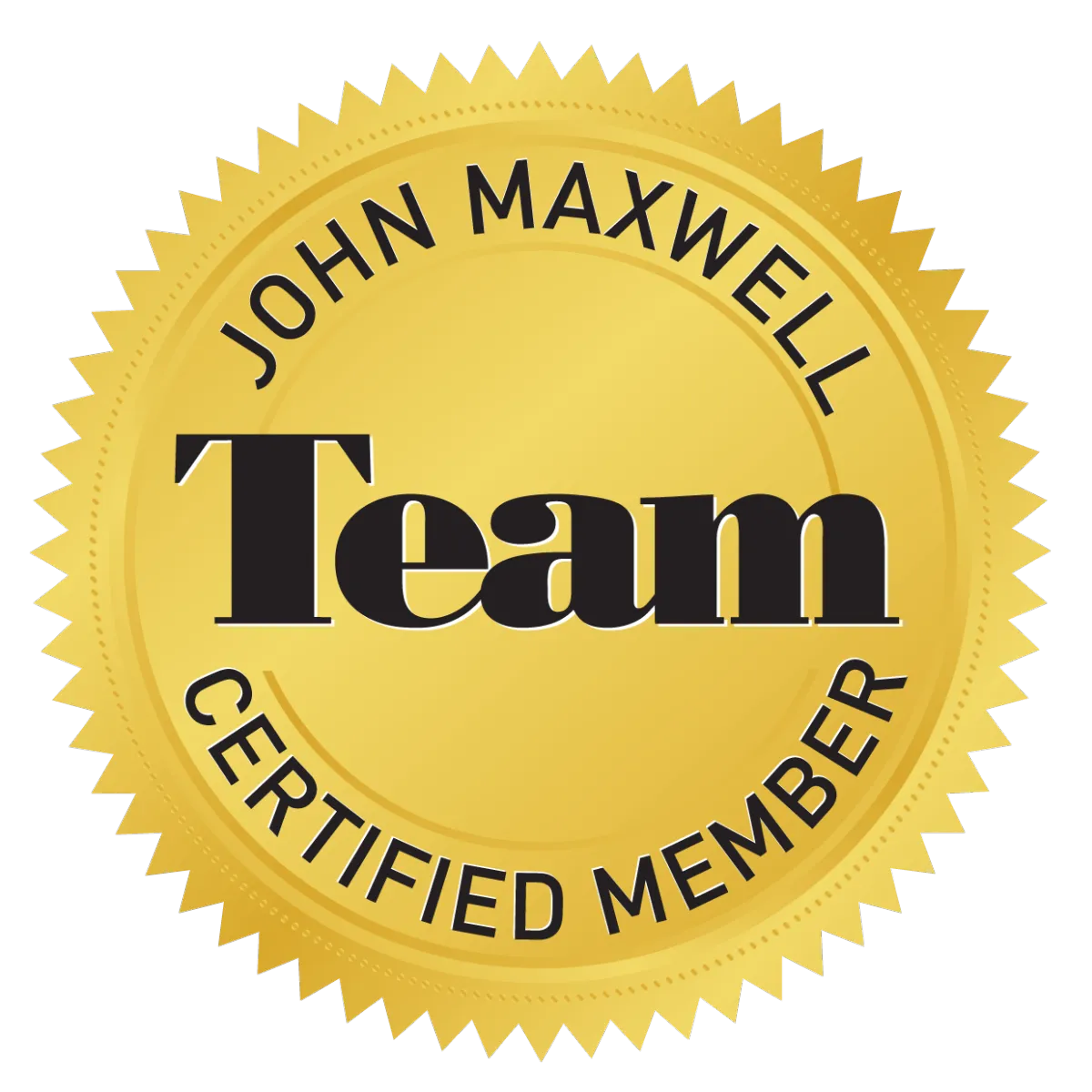

Innovative Marketing Agency
We Design, Build, & Optimize Campaigns
Copyright © 2025 Innovative Marketing Agency LLC

